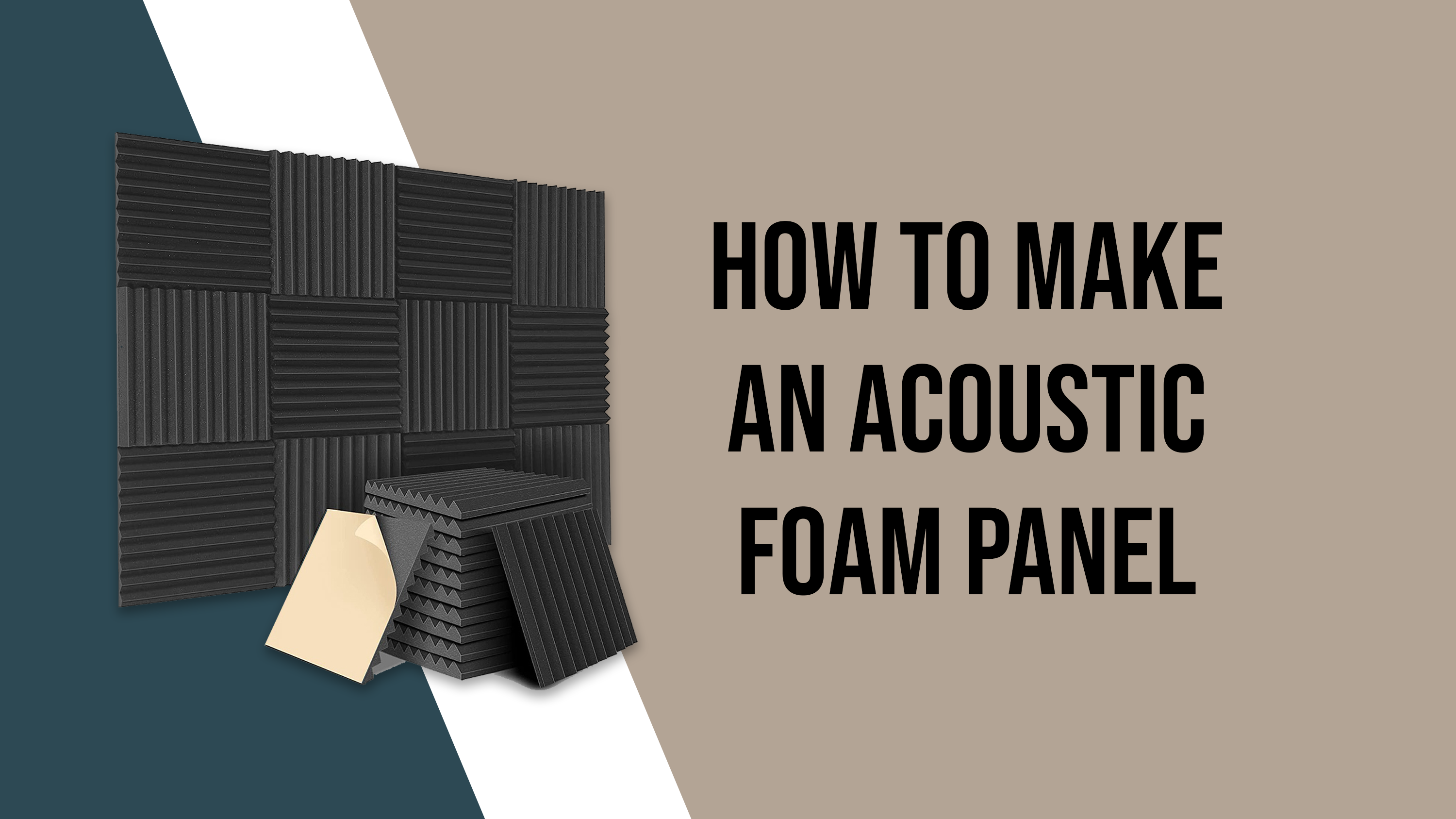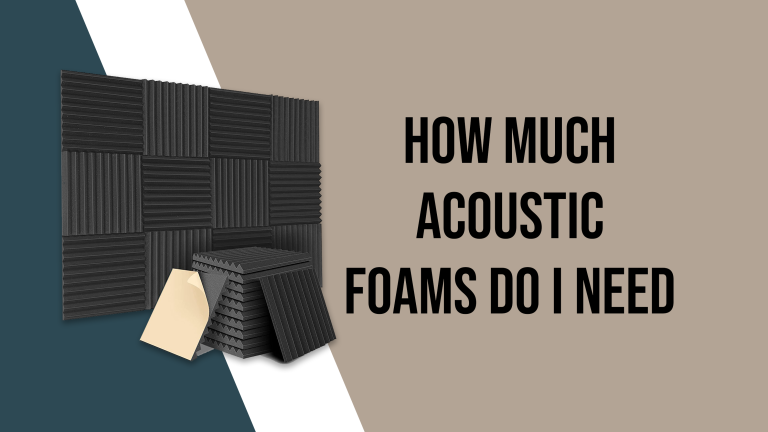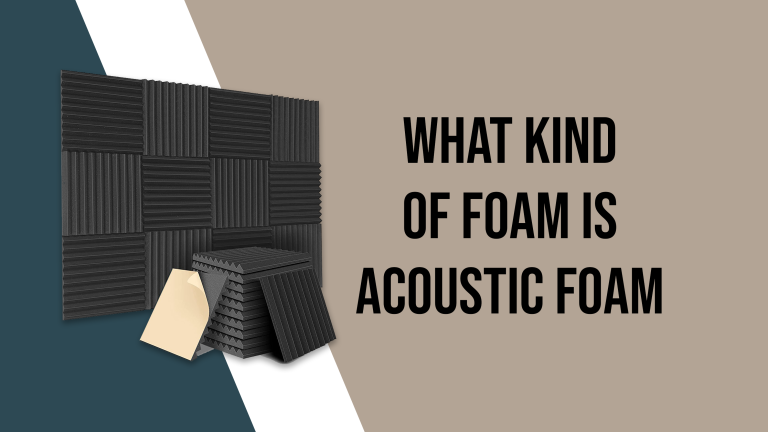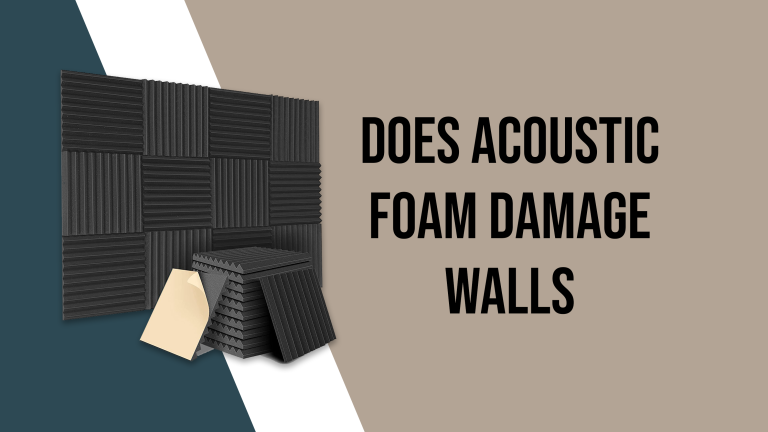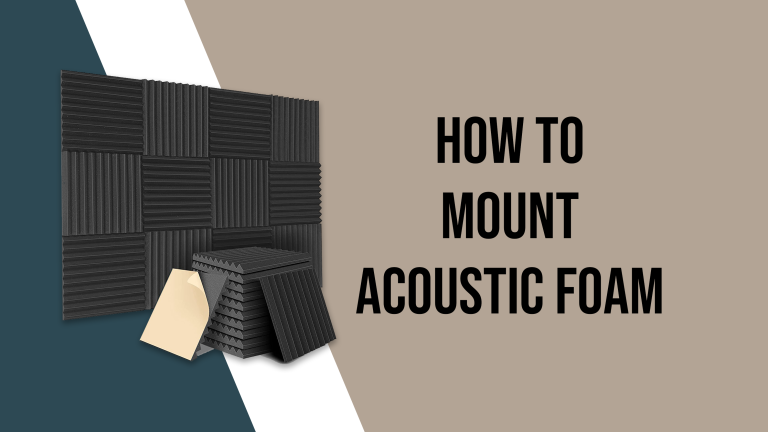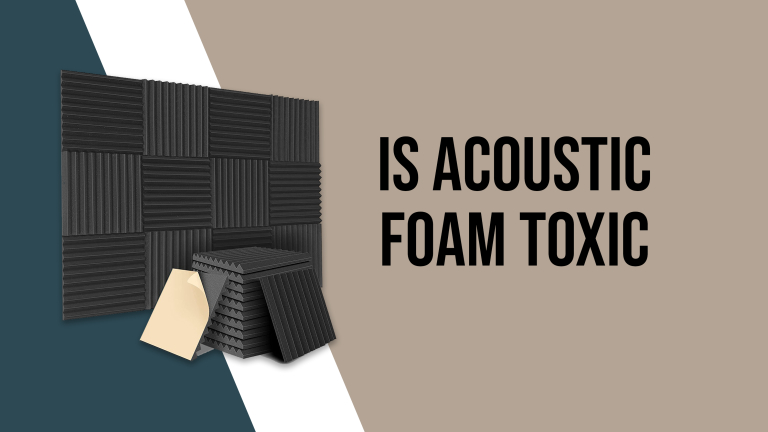How To Make An Acoustic Foam
Do you want to make your own acoustic foam? If yes, this article is for you.
In this article I’ll share step by step guide to make acoustic foam.
Read our articles: How Much Acoustic Foams Do You Need? & Do Cheap Acoustic Foam Panels Work?
Here’s the brief answer for you.
How Do You Make An Acoustic Foam?
Read: Where can I buy acoustic foam?
Acoustic foam is an essential material for anyone looking to reduce noise and improve the sound quality in their space. Whether you’re a musician in need of a soundproof studio, or simply want to reduce the echoes in your home theater, acoustic foam is an easy and effective solution. But how do you make it?
Ultimate Guide To Make An Acoustic Foam
The good news is that making your own acoustic foam is a relatively simple process, and it can save you a lot of money compared to buying pre-made panels. Here’s what you’ll need:
Polyurethane foam sheets or blocks:
This is the main component of the foam and is responsible for its sound-absorbing properties. You can find polyurethane foam at most craft stores or online.
A sharp knife or scissors:
You’ll need a tool to cut the foam into the desired shape. A sharp knife or a pair of scissors will work just fine.
A cutting surface:
To protect your work area and make it easier to cut the foam, it’s a good idea to use a cutting surface like a cutting mat or a piece of cardboard.
Fabric or adhesive backing:
If you want to make your foam look more attractive or make it easier to attach to a wall or ceiling, you can cover it with fabric or use an adhesive backing.
Read: Which Acoustic Foam is best? & Is acoustic foam safe?
Now that you have all the materials you need, here’s how to make the foam:
- Begin by cutting the foam into the desired shape using the knife or scissors on the cutting surface. You can create any shape you like, but rectangular or square panels are the most common.
- If you want to cover the foam with fabric or use an adhesive backing, do so now. Simply place the fabric or adhesive backing on one side of the foam and press it firmly to ensure it sticks.
- Your foam is now ready to use! You can attach it to a wall or ceiling using adhesive backing or mounting tape, or simply place it in the desired location.
And that’s it! With just a few simple steps, you can create your own acoustic foam panels that will help improve the sound quality in your space. Whether you’re a musician, home theater enthusiast, or just want to reduce noise in your home, homemade acoustic foam is an affordable and effective solution.
What Kind of Foam is Acoustic Foam?
FAQs
How do you make homemade acoustic panels?
To make homemade acoustic panels, you will need some sound-absorbing material, such as foam or fiberglass, a frame to hold the material in place, and a covering to protect the panel and give it a finished appearance. You can make the frame out of wood or metal, and cover it with fabric or another material. To assemble the panel, cut the sound-absorbing material to fit the frame, attach it to the frame using staples, glue, or another method, and then cover the panel with the chosen material.
Is it cheaper to make your own acoustic panels?
It can be cheaper to make your own acoustic panels if you already have the materials on hand and are able to do the work yourself. However, if you need to purchase all of the materials and tools, it may be more cost-effective to purchase pre-made acoustic panels. It is also important to consider the time and effort required to make your own panels, as this can also affect the overall cost.
What foam is used in acoustic panels?
Acoustic foam is a type of foam that is specifically designed to absorb sound waves. It is commonly used in acoustic panels to help improve the sound quality in a room or space. There are several different types of foam that can be used in acoustic panels, including polyurethane foam, melamine foam, and others. The most effective foam for a particular application will depend on the specific needs and requirements of the project.
How to make acoustic absorption panels?
To make acoustic absorption panels, you will need some sound-absorbing material, such as foam or fiberglass, a frame to hold the material in place, and a covering to protect the panel and give it a finished appearance. You can make the frame out of wood or metal, and cover it with fabric or another material. To assemble the panel, cut the sound-absorbing material to fit the frame, attach it to the frame using staples, glue, or another method, and then cover the panel with the chosen material. It is important to consider the size and placement of the panels in the room to ensure that they are effective at absorbing sound waves.
Can I use Styrofoam for acoustic panels?
Styrofoam, also known as polystyrene foam, is not typically used in acoustic panels because it is not an effective sound-absorbing material. While it is a lightweight and inexpensive material, it does not have the necessary properties to effectively absorb sound waves. There are other types of foam that are better suited for use in acoustic panels, such as polyurethane foam, melamine foam, and others.
How thick should acoustic foam be?
The thickness of the acoustic foam used in a panel will depend on the specific needs and requirements of the project. In general, thicker foam will be more effective at absorbing sound waves, but it may also be more expensive and take up more space. A thickness of 2 inches or more is often recommended for acoustic panels, but the optimal thickness will depend on the frequency range and intensity of the sound waves being absorbed.
What is the most sound absorbing material?
There are many materials that are effective at absorbing sound waves, and the most suitable material for a particular application will depend on the specific needs and requirements of the project. Some materials that are commonly used for sound absorption include foam, fiberglass, mineral wool, and others. In general, materials with a high density and a porous or open structure are more effective at absorbing sound.
What material can block sound?
There are several materials that can block or reduce the transmission of sound waves.

